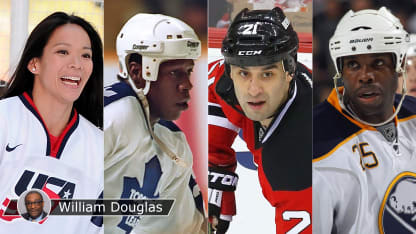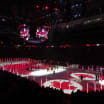Chu scored 284 points (88 goals, 196 assists) for Harvard University between 2002-03 and 2006-07. She was a four-time All-America selection and the recipient of the Patty Kazmaier Award -- presented annually to the best NCAA Division I women's hockey player - and the Bob Allen Women's Player of the Year by USA Hockey in 2007.
She's a four-time U.S. Olympian who won three silver medals (2002, 2010, 2014) and one bronze (2006). Chu carried the U.S. flag at the closing ceremony of the 2014 Sochi Olympics, joining Hockey Hall of Famer Cammi Granato as the only women hockey players to have that honor.
The native of Bridgeport, Connecticut, played on U.S. teams that won the IIHF Women's World Championship in 2005, 2008, 2009, 2011 and 2013, and finished second in 2001, 2002, 2007 and 2012.
Professionally, Chu played on three championship teams (2011, 2012, 2017) with Montreal of the Canadian Women's Hockey League. She scored 93 points (18 goals, 75 assists) in 95 CWHL games and was the league's most valuable player in 2009-10.
Chu is the women's hockey coach at Concordia University in Montreal.


















